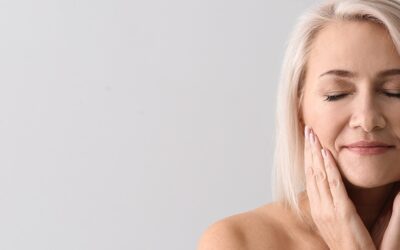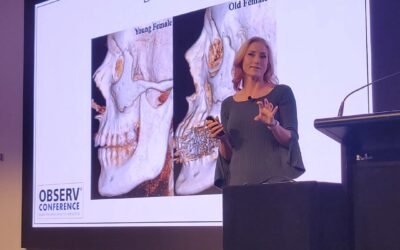Are you STILL experiencing acne or hormonal breakouts as an adult? At The Face Place there is a healthy, long-term solution to acne and recurring hormonal breakouts. Discover what acne is, what can be done to treat it, why conventional prescription drugs could be making it worse and find out the skin plan that helped transform Amelia’s skin (photos below).

Amelia after an at-home skincare regime as well as skin peels in clinic.
What causes adult acne?
There are many causes of acne and varying degrees of severity; the main categories being: Genes; Hormones; Infection; Smoking; and Stress – and for a less severe type of acne – a decline in skin condition. Whatever the internal or external triggers, the symptoms are all a result of the same cause at the surface of the skin: blockage of the Pilo sebaceous unit, or pore. Because of this, all types of acne can be treated successfully with a combination of topical skin nutrition (medical-grade skin care) and natural peels.
What options are there for adult acne?
There are various options available via prescription but these can be a short-term solution and may leave the skin permanently impaired. Antibiotics tend to work only whilst using them, whilst Accutane shrinks every sebaceous gland of the body, resulting in a general lack of lubrication throughout the body, which is not ideal. Understandably if sufferers are experiencing large areas of acne such as the back, then Accutane might be a more manageable option but should be used very cautiously with regard to dosage, duration of use and sun exposure.
Acne can be treated safely with long-term results through the manipulation of Vitamin A and Antioxidants. Vitamin A has the ability to regulate oil and hydration levels in the skin and ‘clears’ the skin through accelerated cell turnover: unplugging the pores, allowing oil to flow freely and therefore discouraging the p.acnes bacteria found in cystic acne. In addition there’s the win/win of Vitamin A which creates healthy functioning skin. This will help protect against further sun damage as well as repairing the skin. With uncontrolled acne, capillaries and scar tissue can form around the injury (spot), creating a red, inflamed spot. Vitamin A can also aid in the repair process, diminishing marks and scarring.

Amelia having her skin prepped for a peel.
Amelia’s Skin Plan
When treating Adult Acne, it’s crucial that your clinician customises the homecare plan and the treatment plan to your skin. To do this, they must first identify the type of acne you are experiencing. You’ll notice with Amelia’s skin, her forehead has many small papules (bumps) whilst her cheeks hold Cystic Acne (an infection which goes deeper into the skin, creating a red, tender bump that’s full of pus). She also has some post-acne marking. I would consider her skin’s condition as moderate to severe.
Profile:
Skin type: IV Malaysian, Oily
Age: 24
No previous acne
Diagnosis:
Moderate to severe cystic acne, accompanied with closed papules on the forehead. Post-acne marking and scaring. Slightly enlarged pores.
Homecare plan:
Product: Cosmedix Refine and Cosmedix Refine Plus. Vitamin A serum was progressively increased in dosage over a 6-month period. Result: Increases cell turnover aiding in ‘clearing the skin’, helps normalise skin cell dysfunction, regulates oil flow and hydration. Heals and repairs post acne marking and scar tissue
Product: Aspect Dr Multi B Serum. Result: Antioxidant, protects the skin from UV, regulates oil and hydration. Reduces inflammation.
Product: Skin Medica AHA/BHA. Result: Exfoliation.
Product: Aspect Dr Resveratrol Moisturiser. Result: Hydration. Antioxidant protection.
Product: Aspect Dr Deep Clean. Result: A healthy sugar-based cleanser for effective but gentle removal of dirt and debris. Lactic acid for gentle exfoliation.
Treatment plan:
6 x Vitamin A peels, one month apart with progressively increased activity by layering with salicylic peels.




